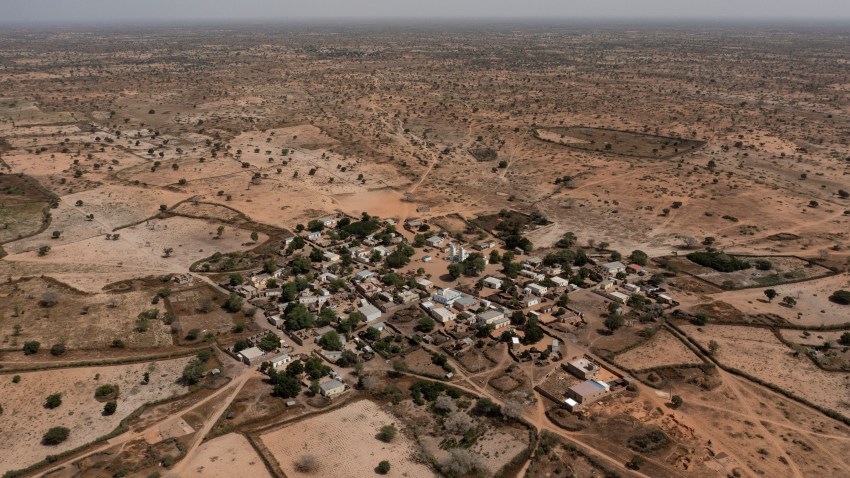Expanding desertification in the Sahel region of Africa presents a series of daunting challenges that transcend the ability of individual states to address and require some form of coordinated response. In an attempt to do so, the African Union launched the Great Green Wall initiative in 2007 to restore degraded landscapes and boost economic prosperity.
The project was conceived with a straightforward goal in mind: Halting the southward spread of the Saharan Desert by planting a barrier of trees 10 miles wide that would run 4,500 miles across the Sahel. Already one of the world’s most vulnerable regions to recurrent, weather-induced food crises, the Sahel is also beset by extremist violence and disputes between farmers and pastoralists over land use, which are increasingly exacerbated by worsening drought conditions.
Though currently sparsely populated, the population is growing rapidly, with estimates projecting an increase from 83.7 million in 2019 to 196 million by 2050. That will place further strains on the region’s agricultural production, intensifying these challenges.

